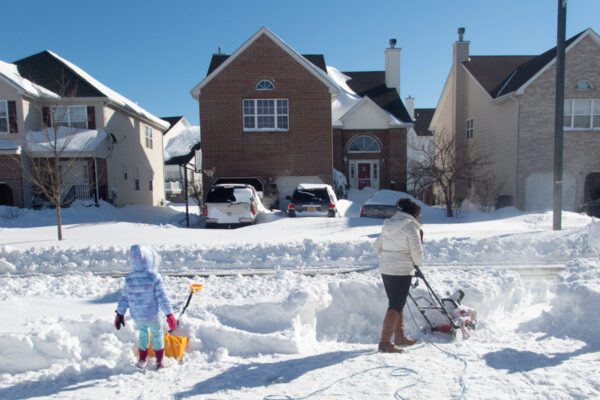Senior living communities are often considered “safe” spaces, but employees’ daily responsibilities can lead to potential danger. If they are not careful, their actions could cause injuries, illnesses or additional accidents, often resulting in higher insurance premiums. Here are the top risks for senior living community employees and some tips to prevent them from occurring.
1. Numerous Workplace Injuries
The healthcare industry in general experiences many workplace injuries, and this sector is no exception. Senior living community employees are at high risk for physical injuries due to the nature of their work with residents, including turning, positioning and transferring patients. Nursing aids make up a large majority of the staff, and their lack of experience makes them more prone to injuries. Additionally, the industry is dealing with an aging workforce (employees on average are between 40-50 years old) – this means they are often living with pre-existing conditions, putting them at an even greater risk.
To decrease the number of injuries, employers should implement pre-employment testing to ensure that potential candidates can handle the job’s physical demands with 98 percent accuracy. This process has led to a drastic reduction in soft tissue injuries among newly hired employees and a significant reduction in workers’ compensation premiums. Post-employment testing is also available for employees returning to work after an injury to ensure that they can still perform their previous functions. Horton Safety Consultants offers both kinds of testing – learn more here.
2. COVID-19 & Staffing Challenges
It’s no surprise that COVID-19 is one of the biggest workplace risks for senior living community employees – especially considering the ambiguity with the Delta variant and potential vaccine mandates. Infection control plays a key role in employee health, so employers should incorporate protection programs into onboarding processes. With the way this disease has been rapidly changing, it’s crucial to maintain smooth communication across all levels of the organization regarding updates on the latest COVID-19 standards and prioritizing the employee/corporate health relationship.
Besides workplace health, COVID-19 also threatens staffing. Healthcare industries are experiencing staffing challenges across the country, which has been exhausting and traumatic for employees and often results in high turnover rates. It is more important than ever for employers to create an inclusive and friendly environment for their staff to feel appreciated and valued. This is especially important during the injury/claims process – fostering an environment where employees are encouraged to speak up will ultimately result in fewer workplace injuries.
3. Weak Safety Culture
Employers should think of the potential problems in their workplace – does a pool of water in the hallway go unaddressed until someone slips and gets hurt? If so, it’s time to make some serious changes to their safety culture and review process. Accidents happen – but when they continue to occur, and no plans are set in place to prevent them, that’s when the workplace really starts to get dangerous.
We strongly recommend implementing an Accident Review Board comprised of key executives, such as the Chief Financial Officer, Head of Nursing, Head of Clinical Services, Head of Facilities, Risk Manager, and/or Head of Human Resources. After an incident, this board would meet with the injured employee and their immediate supervisor to identify the cause of the incident and develop corrective actions necessary to prevent similar incidents in the future. Horton’s safety consultants are available to help you develop your board and an effective process.
It’s not enough to simply deal with the aftermath of an incident. Employers need to analyze the history of injuries across facilities. They should establish policies, procedures and/or committees on safe patient handling. It’s also important to provide proper training on the use of equipment – is certain equipment more suitable for one employee versus another? No one should have an inexperienced employee using complicated equipment without feeling 100 percent comfortable.
Installing cameras can also help employers monitor employee behaviors and actions – this is particularly helpful if employers aren’t quite sure how these accidents are occurring. In the event of an incident, footage can mitigate the potential for fraudulent claims and help identify areas for improvement regarding safety.
Finally, employers should reward employees for proactive safety awareness. We’ve seen scenarios where senior living community employees are afraid to speak up about an issue because they are intimidated to speak with management. Creating a culture where they are given verbal incentives will decrease their fears and lead to a safer environment. Examples of impressive behavior include warning coworkers, identifying hazards, promptly reporting injuries, or making recommendations on preventing future accidents.
Develop a Plan to Eliminate Risks for Senior Living Community Employees
Horton Safety Consultants can help you develop a comprehensive safety program and assess your biggest risks. We’ll conduct a SAFE assessment to gather the necessary information to establish the quality and effectiveness of your organization’s safety and risk management programs. This assessment is commonly viewed as a roadmap for improvement while also recognizing the strengths in your current program and practices. You can learn more about our services and set up a consultation here.
Material posted on this website is for informational purposes only and does not constitute a legal opinion or medical advice. Contact your legal representative or medical professional for information specific to your legal or medical needs.



